6 Shots Women Find Tough... And How To Play Them
PGA pro Katie Dawkins runs through six treacherous shots and how to play them


There is a distinctive difference in power between men and women. Women are proportionately stronger in their lower body and men are stronger in their upper bodies. This means there are some shots in golf that are a bit tougher for us than others. So what are they and how do we tackle them?
1. Escaping heavy rough
First, let’s head to the heavy rough - I’ll never forget watching my playing partner launch a ball out of hip-deep grass during a Hampshire Ladies match and thinking to myself, 'I literally cannot do that!'
She was a very strong ex-navy superwoman, but for me, I simply didn’t possess the strength to escape thick rough like that. That was until I learned how to set up properly to a buried ball.
Here's my simple rule for a shot like this: BURIED BALL = BACK. So shift the ball back in your stance and plant your weight forward. (This will be a theme for a few of the shots I talk about in this article.)
Ultimately, you need to hit down on the ball to force it out of the nest it’s in. Leaning your weight on your front foot helps to steepen your angle of attack and make it easier. However, it will require practise and commitment.
Accelerate through the shot as if heading for that full finish and hit down and through the grass under the ball. Don't be tempted to look up as this often results in the ball moving a few feet. Let the club do the work and stay down.
2. Plugged bunker shot
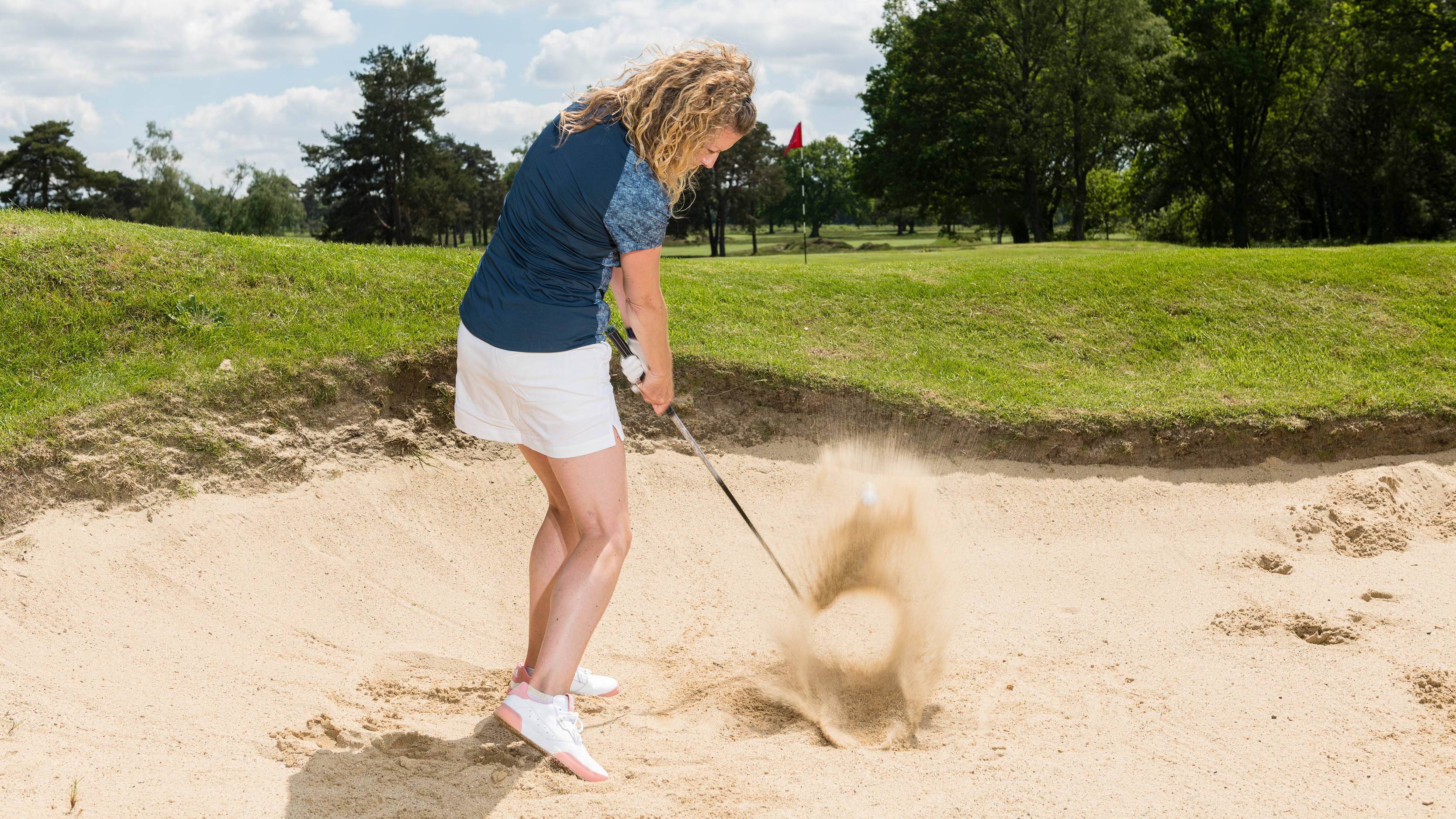
Get the ball further back in your stance and don't open the face as much
A plugged bunker shot requires a similar approach to escaping deep rough. First things first, you'll need to take into account the pin position. If it's tucked, the better option might be to play away from the flag and into the fattest part of the green. This is because the ball will come out lower with little to no spin. Even aim for the part of the lip that's lowest to make the recovery as easy as possible.
Get the Golf Monthly Newsletter
Subscribe to the Golf Monthly newsletter to stay up to date with all the latest tour news, equipment news, reviews, head-to-heads and buyer’s guides from our team of experienced experts.
Unlike the normal technique for how to play bunker shots, where you'd usually open the face a little, keep it square in this instance. There will still be plenty of loft at your disposal but using the leading edge more will allow you to dig deeper into the sand.
You need to put pressure behind the ball to force it out, so the perfect ball position here is a little further back in your stance towards the middle, with the weight on your foot nearest the target. From here, you still need a lot of speed and power so commit wholeheartedly. It might take some practise, but over time, your confidence will grow.
3. Drives with a long carry
So you’re faced with a lake in front of the tee and a carry that looks just that bit further than you’d usually send it. How do you squeeze a bit more airtime into your drive? Preparation and set-up are essential here.
You need to get the bigger muscles working here so a few powerful swings behind the ball or off to the side of the tee will awaken some power. We need more speed and a solid base to power up,from. This isn’t so much a strength thing as it is a getting-the-whole-body-involved thing.
I often see set-up positions that aren't athletic enough. Feel like you settle behind the ball, almost as if you're on a launch pad, with your upper body tilting gently away from the target. Then, wind up on the backswing, keeping the weight on your trail side, and unleash the power as you collect the ball from the tee into a full follow-through. Hitting up on the ball is essential - it's why launch angle and power are linked.
As for the psychology, to carry a target it’s important to focus on something beyond it - perhaps treetops on the horizon or a buggy in the distance. It takes your mind off the trouble and therefore increases your chances of pulling off the shot.
4. Drop and stop
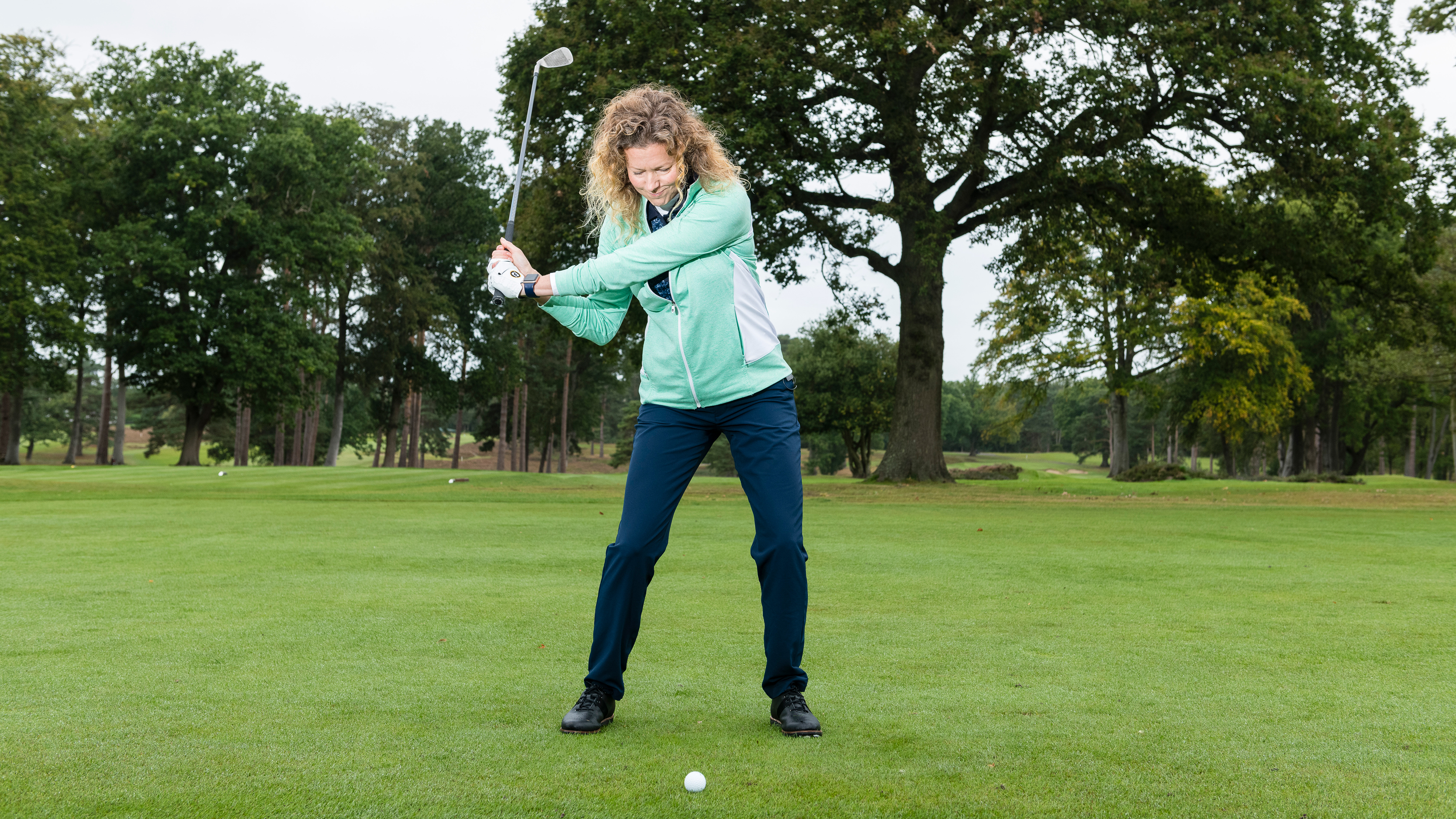
Improving your wrist hinge will help you generate more stopping power
Hitting an iron shot to a flag that’s cut just behind a bunker or another hazard is a challenge. It’s made tougher because the majority of women don’t generate as much spin as men due to lower swing speeds. There are always exceptions and I know many players who can do this, but you’ll notice watching golf on TV, the guys spin the ball more than the female pros.
As for amateurs, most women will see their ball release as it hits the green and often roll through, making it tough to get a putter on the next shot. Getting iron shots to stay on the green requires a steeper descent angle and to do this you also need to understand how to move your weight through the shot most effectively. Additionally, learning how to use your wrist hinge in the golf swing will enable you to generate the speed required to impart more spin on the ball. This will also add fizz and height to your iron shots, meaning the ball will suddenly stop quicker.
5. Downhill lies
We've all been there. At Hamptworth we have the River Blackwater running through the course, so on multiple occasions you are faced with hitting a shot from a downhill lie to an uphill target on the other side of the river bank.
It's not easy but one of the biggest mistakes women golfers make is not using the slope to their advantage. Often, they will take a 5-wood to try and carry the lake on the 7th hole where I play when a rescue club is the far easier and more effective option.
The best thing you can do in this situation is to “be at one with the slope” - gravity is a force you don’t want to fight. The amount you alter your set-up will depend on the severity of the slope but you should feel your weight on your lower foot. A tip to remember here: if the weight goes lower the ball goes higher.
On this shot, your club will bottom out much nearer the back of your stance, so your ball position should be altered. To test where it needs to be, try this: set up beside your ball on the same slope and make some well-meant practice swings, chasing the club down the slope as you swing through. You’ll notice the divot happening nearer the back foot. Casually place the ball here when you set up. By going with the slope you are delofting the club so ensure you take more than you would normally for a shot of this distance.
Finally, these shots need practising, so next time you're out for a bounce game, try and find an appropriate area or head to the range and do your best to recreate this scenario. And remember, a downslope chip shot carries the same set of rules just in miniature.
6. The first tee shot
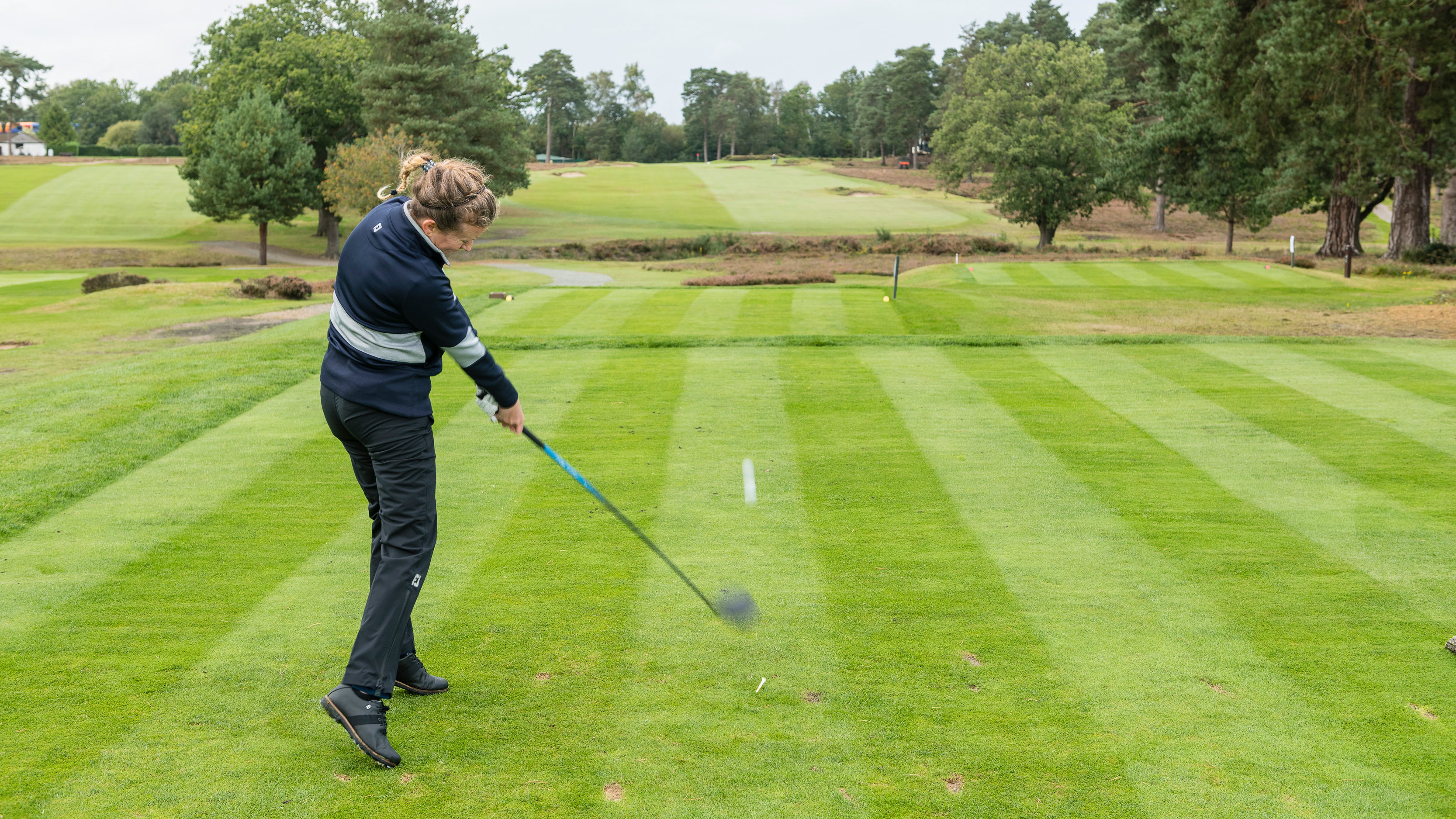
The opening tee shot is one that strikes fear into many golfers
This is not so much technical but more psychological. The first tee shot is often a place that strikes fear into the heart of many a golfer. If you haven’t been playing long it is SO important to get out and get used to people watching you play. This includes teeing off on the 1st and hitting into 18.
If having an audience really does bother you, try this: focus on the finish. Everyone always admires the graceful fluidity and finesse of a female golf swing. Let’s work with this. Show them how it’s done and give the tee a click or the grass a brush on your way to a balanced pose. So often the follow-through is cut short because we are too busy worrying about the outcome. Focus on what’s under the ball and even practice hitting tees in the lawn and finishing fully. Get down to a busy range and get confident in the knowledge that all those people aren't focusing on you; rather, they are more consumed by their own golfing issues.
Stay in your zone and focus on what’s going on in your space and your space alone. You’ll soon have learned how to conquer your first tee nerves and will relish the chance to send your ball down the middle on the opening fairway.
Here's a complete guide to Women's Golf Swing Tips

Katie is an Advanced PGA professional with over 20 years of coaching experience. She helps golfers of every age and ability to be the best versions of themselves. In January 2022 she was named as one of Golf Monthly's Top 50 Coaches.
Katie coaches the individual and uses her vast experience in technique, psychology and golf fitness to fix problems in a logical manner that is effective - she makes golf simple. Katie is based in the South of England, on the edge of the New Forest. An experienced club coach, she developed GardenGOLF during lockdown and as well as coaching at Iford Golf Centre, The Caversham- Home of Reading Golf Club and Salisbury & South Wilts Golf Club.
She freelances, operating via pop-up clinics and travelling to clients homes to help them use their space to improve.
She has coached tour pros on both LET tour and the Challenge Tour as well as introduced many a beginner to the game.
Katie has been writing instructional content for magazines for 20 years. Her creative approach to writing is fuelled by her sideline as an artist.
Katie's Current What's In The Bag
Driver: TaylorMade Qi10 9degrees.
Fairway: TaylorMade Qi10 5wood
Hybrid: TaylorMade 4 & 5
Irons: TaylorMade 770 6-AW
Wedges: TaylorMade Tour Grind 4 54 & 58
Putter: TaylorMade Tour X 33"
Favourite Shoes: FootJoy HyperFlex with Tour Flex Pro Softspikes on the course.
-
 JM Eagle LA Championship Prize Money Payout 2025
JM Eagle LA Championship Prize Money Payout 2025The LPGA Tour heads to California for the JM Eagle LA Championship, where the largest prize money payout of the season so far is on the table
By Mike Hall
-
 Corales Puntacana Championship Prize Money Payout 2025
Corales Puntacana Championship Prize Money Payout 2025The PGA Tour’s latest opposite field event features an attractive prize money payout and some former champions in the field
By Mike Hall
-
 Golf Tips For Ladies: Expert Advice For A Better Golf Swing
Golf Tips For Ladies: Expert Advice For A Better Golf SwingThese golf tips for ladies, from Golf Monthly Top 50 Coach Katie Dawkins, will improve your game and help you shoot lower scores...
By Katie Dawkins
-
 Are You Doing The Wrong Things At The Driving Range? Solheim Cup Star Linn Grant Shares Some Tour Tips To Perfect Your Practice
Are You Doing The Wrong Things At The Driving Range? Solheim Cup Star Linn Grant Shares Some Tour Tips To Perfect Your PracticeIn this video and article, LPGA Tour winner and Solheim Cup star Linn Grant shares her tour insights to help you improve your practice at the driving range
By Barry Plummer
-
 Women's Golf Swing Tips: The Complete Guide To Improving Your Game
Women's Golf Swing Tips: The Complete Guide To Improving Your GameGolf Monthly Top 50 Coach Katie Dawkins discusses the women's golf swing, sharing her top tips for every area of the game...
By Katie Dawkins
-
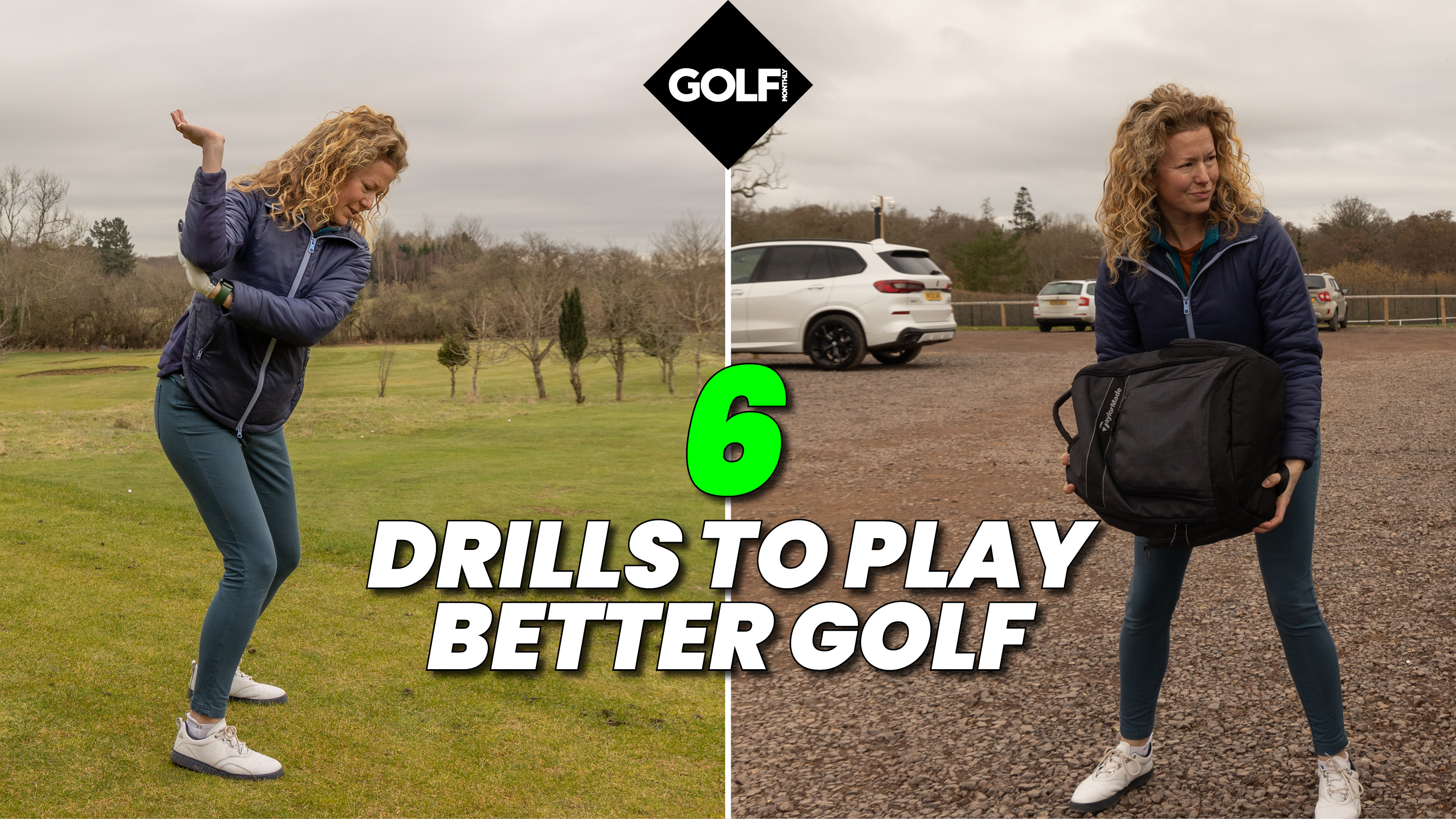 6 Drills To Help Women Play Better Golf
6 Drills To Help Women Play Better GolfGolf Monthly Top 50 Coach Katie Dawkins shares some drills she uses with her female pupils to help them level up
By Katie Dawkins
-
 5 Quick Tips That Will Help Every Woman Golfer Play Better
5 Quick Tips That Will Help Every Woman Golfer Play BetterKatie Dawkins offers some simple advice to help women of all levels on the road to better golf
By Katie Dawkins
-
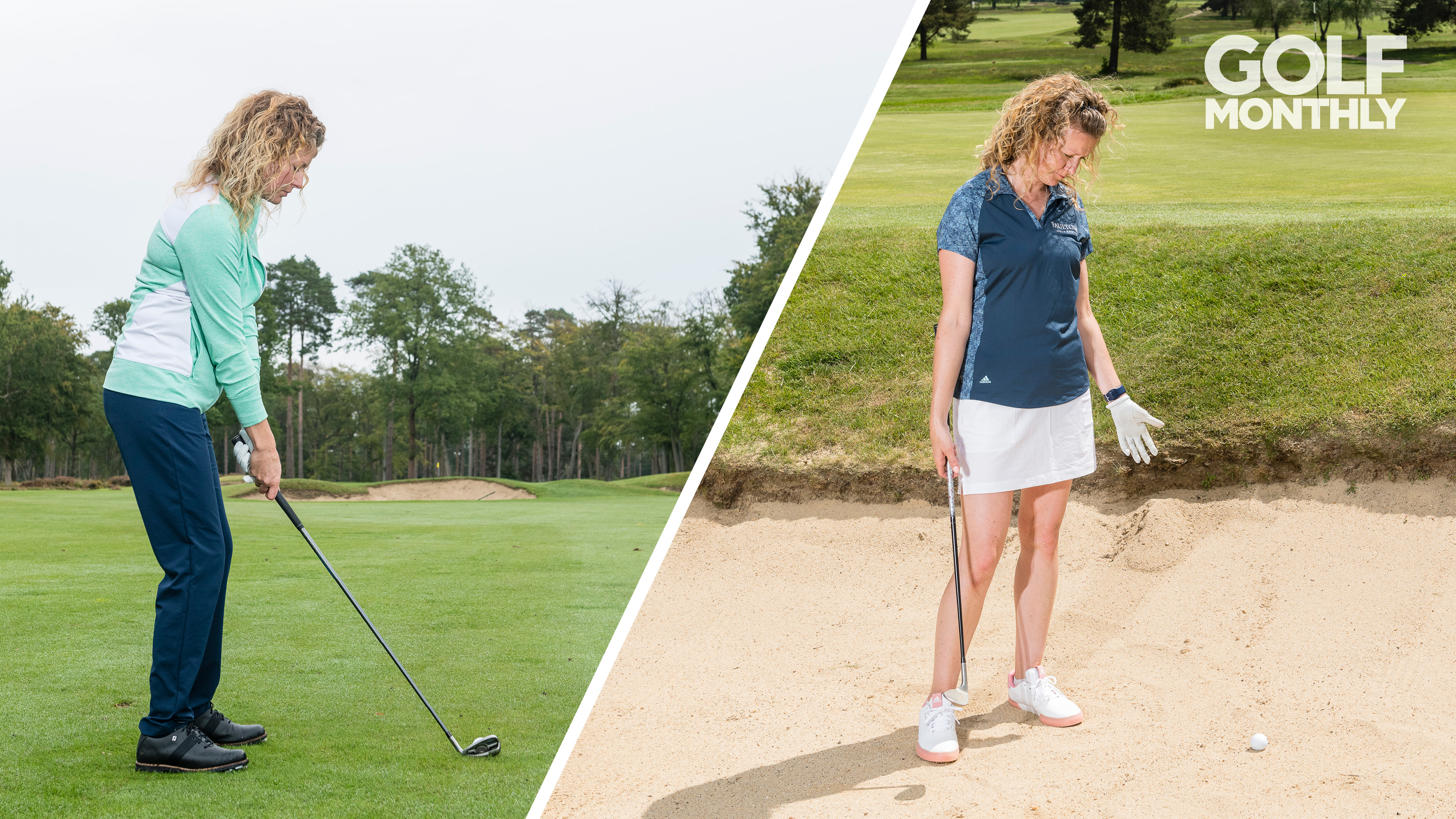 7 Biggest Mistakes Women Golfers Make
7 Biggest Mistakes Women Golfers MakeTop 50 coach Katie Dawkins shares the most common mistakes that women golfers make
By Katie Dawkins
-
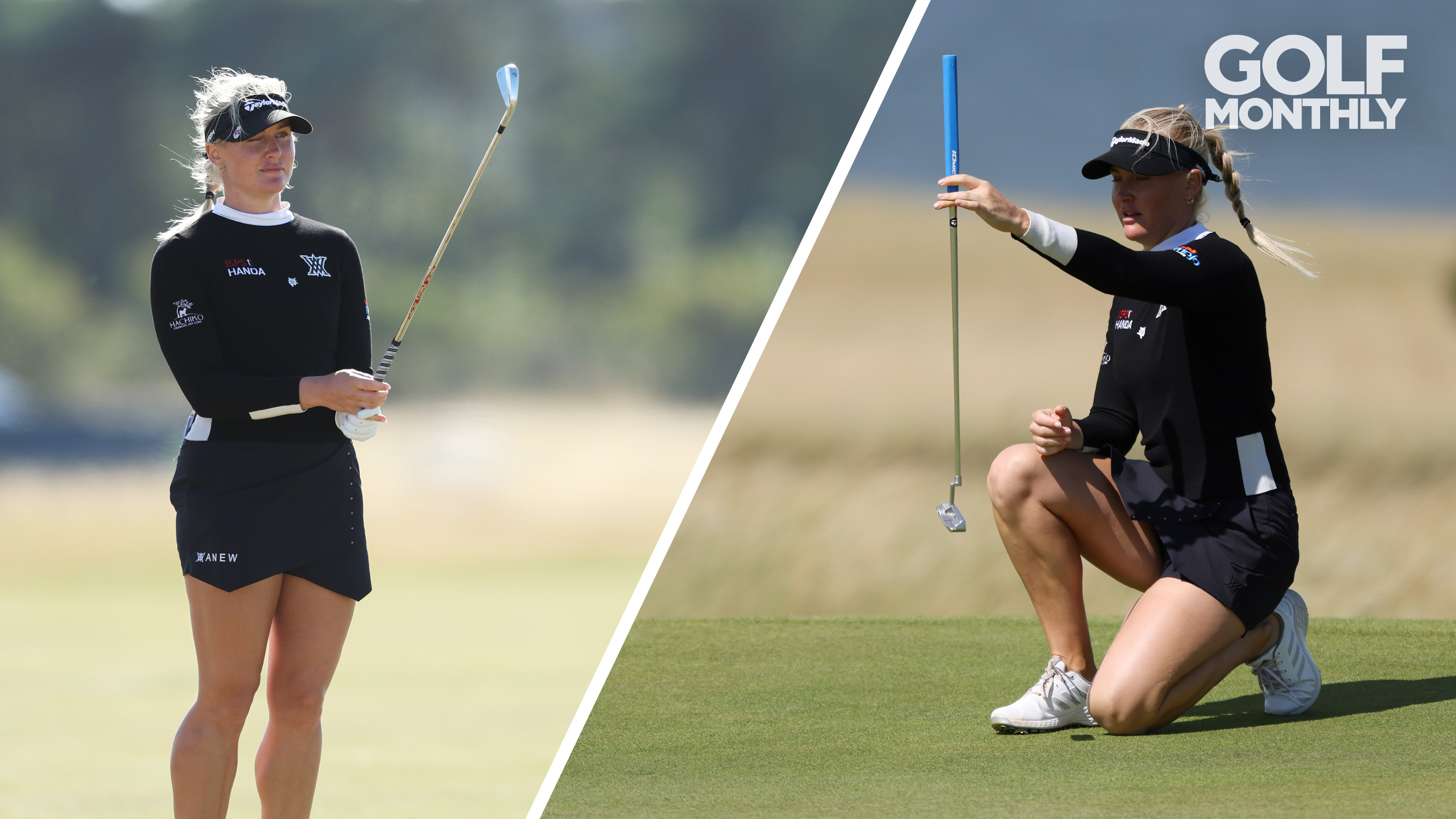 5 Things Every Golfer Can Learn From Watching Charley Hull
5 Things Every Golfer Can Learn From Watching Charley HullPGA pro Trey Niven picks out five things you can learn from LPGA and Solheim Cup star Charley Hull
By Trey Niven
-
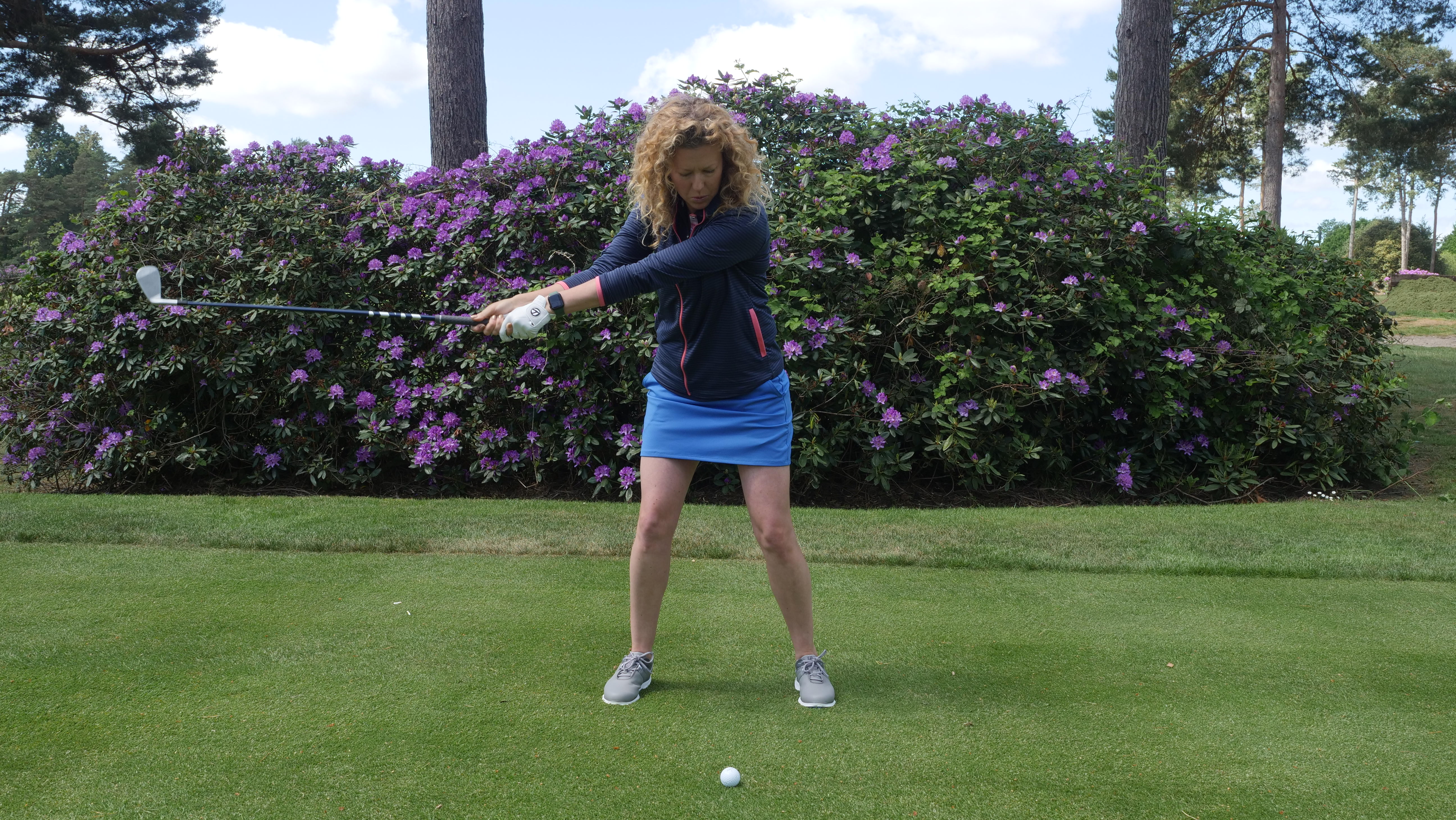 What Is Casting In The Golf Swing?
What Is Casting In The Golf Swing?What Is Casting In The Golf Swing? Top 50 Coach Katie Dawkins offers a simple explanation and some simple tips to resolve the problem
By Katie Dawkins